Functional Communication Training in ABA
Unlock effective communication with Functional Communication Training in ABA. Discover its power in diverse settings.
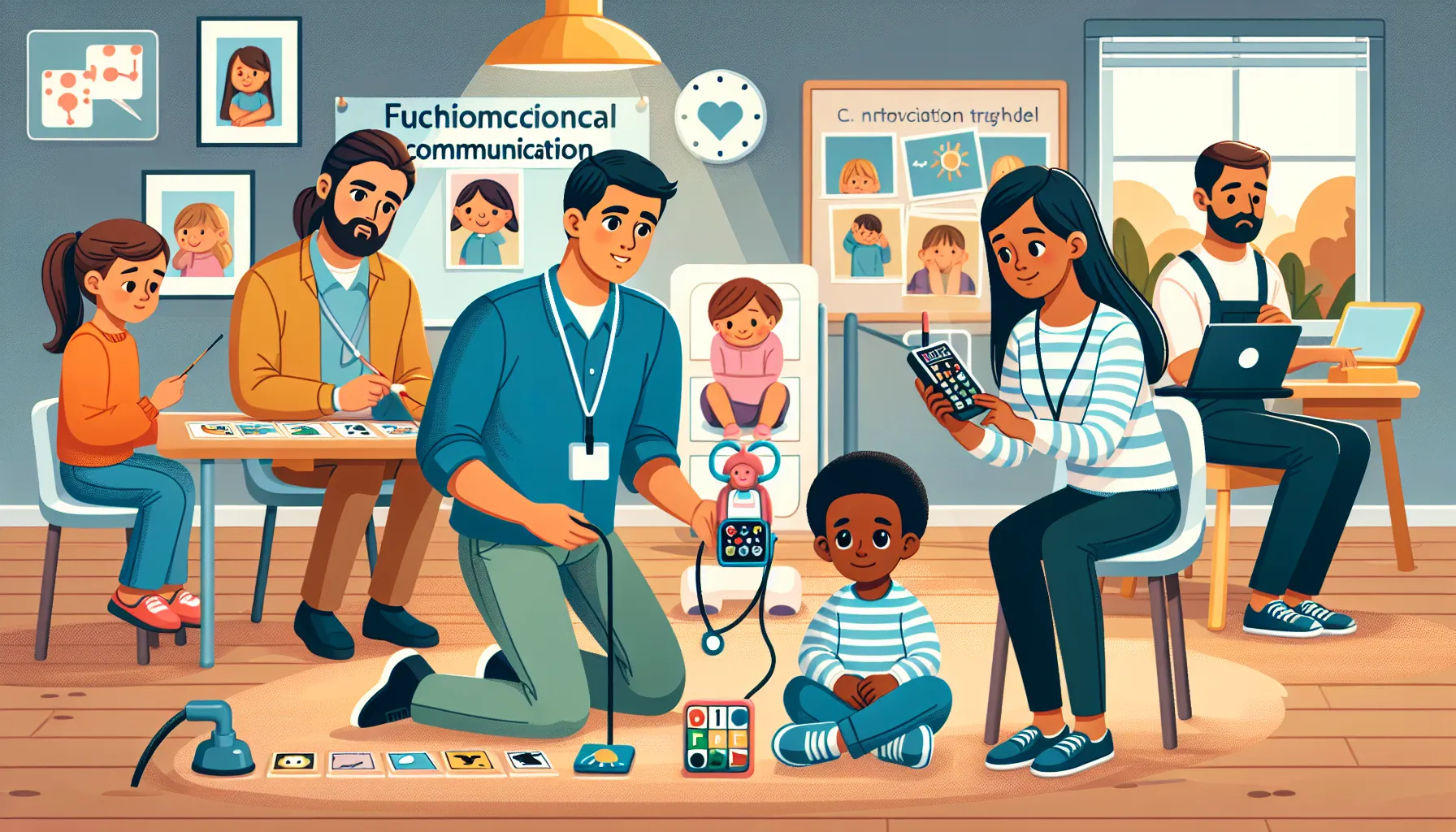
Understanding FCT in ABA
Functional Communication Training (FCT) is a vital therapy utilized within Applied Behavior Analysis (ABA) to teach individuals, particularly those with communication delays like autistic learners, meaningful ways to communicate and reduce frustration and anxiety associated with communication. By focusing on teaching alternative communication methods, FCT aims to transform challenging behaviors into functional communication.
Introduction to Functional Communication Training
Functional Communication Training (FCT) is an evidence-based intervention that falls under the umbrella of Applied Behavior Analysis (ABA). It aims to teach learners to use some form of language or communication to express their needs and wants effectively. FCT recognizes that challenging behaviors often stem from difficulties in communication and seeks to provide individuals with the tools they need to communicate more effectively.
FCT utilizes various techniques and strategies to teach individuals alternative means of communication. By focusing on teaching functional communication skills, individuals are empowered to express their needs, wants, and emotions in appropriate ways. This not only reduces frustration and anxiety but also promotes social interactions and enhances overall quality of life.
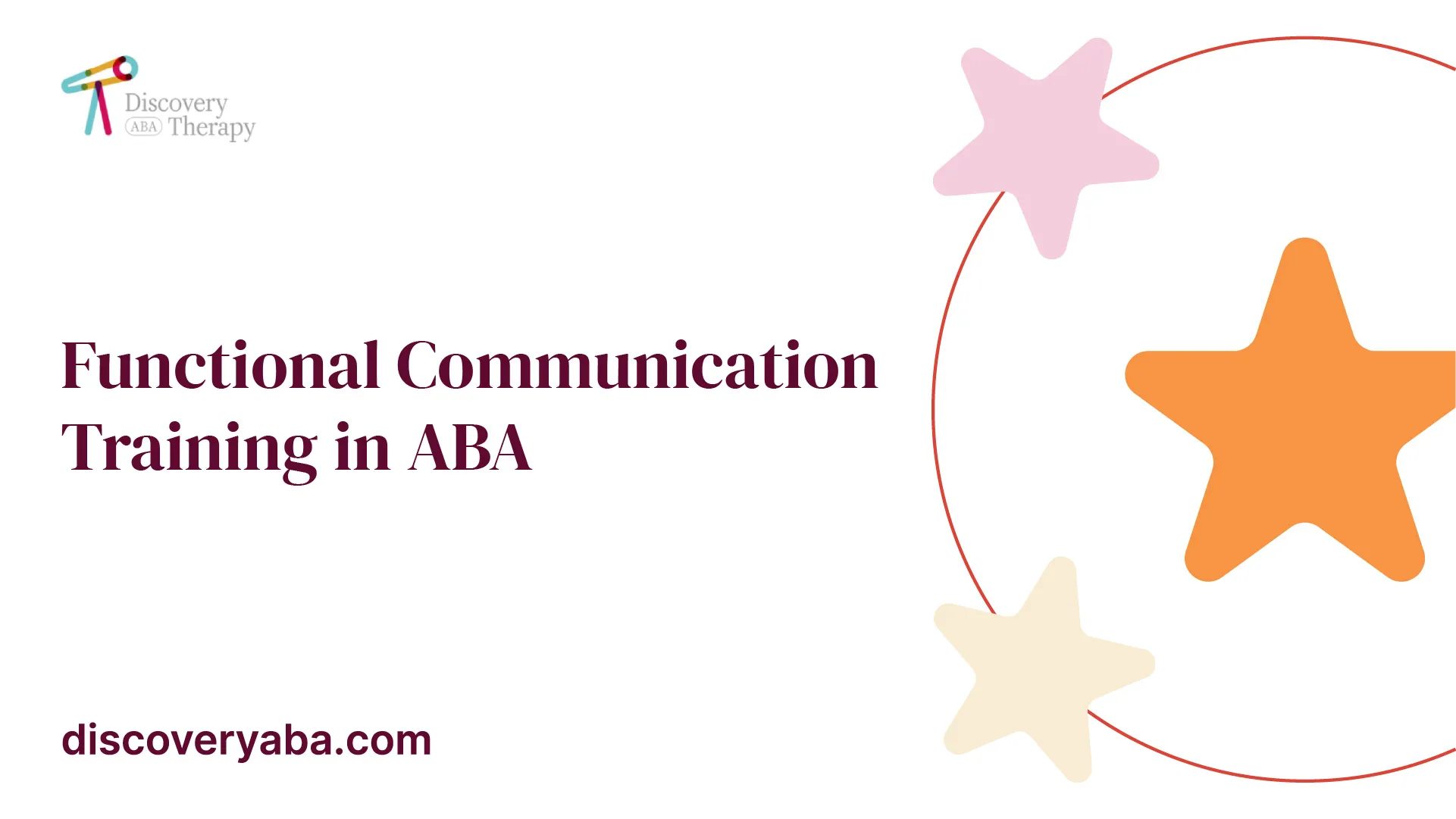
Importance of FCT in ABA
Functional Communication Training plays a crucial role in ABA therapy, especially for individuals with communication delays like those on the autism spectrum. Communication is a fundamental aspect of human interaction and is essential for individuals to express themselves and navigate the world around them.
By implementing FCT, ABA therapists can address communication challenges and help individuals develop effective communication skills. FCT also serves as a means to replace challenging behaviors that individuals may engage in to communicate their needs. By replacing these behaviors with functional communication, individuals can experience improved social interactions, increased independence, and reduced frustration and anxiety.
Additionally, FCT emphasizes the use of positive reinforcement to reinforce and maintain newly acquired communication skills. Positive reinforcement involves providing rewards or incentives to encourage the ongoing use of desired behaviors. This approach helps individuals build confidence, motivation, and a sense of accomplishment as they successfully communicate their needs and wants [1].
In the next sections, we will delve deeper into the implementation and effectiveness of FCT in ABA therapy, exploring techniques, case studies, and advancements in this field.
Implementing FCT
Implementing Functional Communication Training (FCT) in Applied Behavior Analysis (ABA) involves a systematic approach to address challenging behaviors and promote effective communication skills. Two key components of implementing FCT are conducting a functional behavioral assessment and utilizing positive reinforcement.
Conducting a Functional Behavioral Assessment
A functional behavioral assessment (FBA) is an essential step in implementing FCT. It is conducted by ABA therapists to determine the underlying function or purpose of a child's disruptive behaviors. By identifying the function of the behavior, ABA therapists can develop targeted interventions that teach learners to communicate more effectively.
During the functional behavioral assessment, various data collection methods, such as direct observation and interviews with caregivers, are used to gather information about the antecedents, consequences, and environmental factors associated with the challenging behavior. This information helps to create a comprehensive understanding of why the behavior occurs.
Utilizing Positive Reinforcement
Positive reinforcement plays a crucial role in the implementation of FCT. It involves providing rewards or preferred items/activities to individuals when they engage in appropriate, communicative behaviors. Reinforcement serves as a motivator, increasing the likelihood of the desired behavior occurring again in the future.
When implementing FCT, consequences for problem behavior can also include extinction and punishment. However, extinction is often recommended as the starting point for FCT, with reinforcement adjusted to favor the communicative response. Extinction involves withholding the reinforcing consequences that previously maintained the problem behavior, thereby reducing its occurrence. Reinforcement is then provided contingent upon the use of appropriate communication skills.
It's important to note that procedural variations at each stage of FCT can impact the outcomes of the intervention. Guidelines for developing FCT interventions include identifying reinforcers for the communicative response through a functional assessment, selecting a communicative response that is less effortful than the problem behavior, and considering factors such as social recognition and response acquisition speed when choosing response forms.
By conducting a thorough functional behavioral assessment and utilizing positive reinforcement effectively, ABA therapists can implement FCT in a way that promotes meaningful communication and reduces challenging behaviors. These strategies form the foundation for successful FCT interventions and help individuals develop alternative, more appropriate ways to express their needs and wants.
Effectiveness of FCT
Functional Communication Training (FCT) has gained recognition as an evidence-based practice in the field of Applied Behavior Analysis (ABA). It has been used for several years to help individuals with autism and has shown effectiveness in teaching communication skills. Let's explore the evidence supporting the effectiveness of FCT, as well as some success stories and case studies.
Evidence-Based Practice
Research has consistently shown that Functional Communication Training (FCT) is a highly effective intervention for reducing problem behaviors and teaching individuals to communicate their desires, preferences, and discomforts. This leads to improved quality of life and increased social opportunities [2].
Studies have demonstrated the efficacy of FCT in various populations, including individuals with autism, developmental disabilities, mental retardation, traumatic brain injury, attention deficit disorder, and speech/language delays. FCT has been particularly effective in reducing problem behaviors such as aggression, self-injury, motor/vocal disruptions, bizarre vocalizations, stereotypy, inappropriate sexual behavior, self-restraint, and inappropriate communicative behaviors. These behaviors are often maintained by attention, access to preferred items, escape from demands, or other aversive events.
Success Stories and Case Studies
Numerous success stories and case studies highlight the positive impact of FCT in individuals' lives. By teaching alternative forms of communication, FCT enables individuals to express their needs, wants, and emotions in a more appropriate and functional manner. This helps to reduce problem behaviors and improve social interactions.
Case studies have shown remarkable progress in individuals who have received FCT interventions. For example, individuals who previously engaged in self-injurious behaviors or aggressive acts were able to replace those behaviors with appropriate communication strategies, leading to a significant decrease in problem behaviors and an improvement in overall quality of life. These success stories demonstrate the potential of FCT to empower individuals and enhance their ability to effectively communicate their needs and desires.
By addressing problem behaviors and teaching functional communication skills, FCT has the potential to bring about positive changes in the lives of individuals with developmental disabilities. The evidence-based nature of FCT provides a strong foundation for its implementation and highlights its effectiveness as a therapeutic intervention in the field of ABA.
In the next section, we will explore some of the techniques involved in FCT, including teaching alternative communication methods and generalization of skills.
Techniques in FCT
Functional Communication Training (FCT) within Applied Behavior Analysis (ABA) employs various techniques to enhance communication skills, providing individuals with alternative ways to express their needs, desires, and emotions effectively. Two key techniques used in FCT are teaching alternative communication methods and generalization of skills.
Teaching Alternative Communication Methods
FCT recognizes that challenging behaviors often stem from an individual's inability to effectively communicate their needs, desires, or emotions. To address this, FCT focuses on teaching alternative communication methods that are functionally equivalent to the behaviors they aim to replace.
These alternative communication methods can include a range of forms, such as vocal communication (single words or full sentences), picture and text cues, high-tech Augmentative and Alternative Communication (AAC) devices, sign language, gestures, pointing, and other non-verbal forms of communication. The selection of the appropriate method is based on the individual's needs, abilities, and preferences.
The goal of teaching alternative communication methods is to equip learners with the tools to lead successful, less restrictive lives. By providing effective means of communication, individuals can express their needs and desires, reducing frustration and promoting positive interactions with others.
Generalization of Skills
In FCT, it is essential to ensure that the newly acquired communication skills are generalized across different settings and situations. Generalization refers to the ability to use the communication skills in various contexts, beyond the initial training environment. This helps individuals apply what they have learned in real-world situations and interact effectively with different individuals and environments.
To promote generalization, practitioners utilize strategies such as systematic instruction, fading of prompts, and incorporating naturalistic environments. By gradually reducing prompts and providing opportunities for practice in different settings, individuals can transfer their communication skills to everyday situations, increasing their independence and functional communication abilities.
Generalization also involves collaborating with individuals' support systems, including parents, caregivers, and educators. By providing guidance and training to these individuals, they can reinforce and support the use of effective communication skills across different settings.
By employing these techniques in FCT, individuals with developmental disabilities can develop functional communication skills that serve as constructive alternatives to challenging behaviors. Teaching alternative communication methods and promoting generalization of skills are vital components of FCT, empowering individuals to effectively express their needs and engage in meaningful interactions with others.
FCT in Different Settings
Functional Communication Training (FCT) is a powerful intervention utilized in Applied Behavior Analysis (ABA) to teach individuals with autism spectrum disorder (ASD) and other developmental disorders how to communicate effectively in various settings. FCT can be implemented both at home and in school settings, allowing for the generalization of functional communication skills across different environments.
Home Implementation
Implementing FCT at home is crucial to promote the generalization of skills learned in a clinical setting to the natural environment. Parents and caregivers play a vital role in supporting and reinforcing functional communication skills in the home setting. By incorporating FCT strategies at home, individuals with ASD can practice and apply their communication skills in familiar surroundings.
It is essential for parents and caregivers to receive proper training and guidance from ABA professionals to effectively implement FCT at home. This ensures that the techniques are employed correctly and consistently. A supportive and structured environment, free from competing sources of reinforcement, is crucial for the success of FCT at home.
School Integration
FCT is also valuable in promoting effective communication in the school setting. By integrating FCT into the educational environment, students with ASD can enhance their communication skills and engage more meaningfully with peers and teachers. This integration allows for the generalization of skills learned in therapy sessions to the academic and social contexts of the school setting.
Teachers and school staff have a significant role to play in implementing FCT within the educational environment. Collaborating with ABA professionals can provide valuable insights and strategies for incorporating FCT techniques into classroom routines and activities. By creating a supportive and inclusive learning environment, educators can help students with ASD communicate their needs, wants, and thoughts effectively.
To ensure successful integration of FCT in schools, it is important to consider individualized goals and strategies for each student. FCT interventions should be tailored to meet the unique needs of students with ASD, with a focus on functional communication skills relevant to their educational setting.
By implementing FCT both at home and in school, individuals with ASD can develop and generalize their communication skills across different settings. It is crucial for parents, caregivers, and educators to collaborate and receive proper training to effectively support the implementation of FCT in these various environments. With consistent practice and reinforcement, individuals with ASD can experience improved communication and enhanced social interactions in their daily lives.
Advancements in FCT
As Functional Communication Training (FCT) continues to be a crucial intervention within Applied Behavior Analysis (ABA), advancements in this field have contributed to further enhancing communication skills for individuals with communication delays, such as autistic learners. Two important aspects of advancements in FCT are the evolution of FCT interventions and the future outlook.
Evolution of FCT Interventions
Since its introduction by Carr and Durand in 1985 as a treatment for problem behavior in children with developmental disabilities, FCT interventions have evolved significantly [3]. The initial focus was on teaching recognizable forms of communication as alternative responses to problem behavior, resulting in substantial reductions in problem behavior.
Over time, FCT interventions have expanded to incorporate various forms of communication to suit the unique needs and abilities of individuals. These forms include vocal communication (e.g., full sentences or single words), picture and text cues, high-tech AAC devices, sign language, gestures, pointing, and other non-verbal forms of communication. The goal is to equip learners with a range of tools to facilitate successful communication and enable them to lead more independent lives.
Advancements in technology have also played a significant role in the evolution of FCT interventions. High-tech AAC devices, for example, have become more accessible and user-friendly, allowing individuals to communicate effectively using speech-generating devices or tablets with specialized communication apps.
Future Outlook
Looking ahead, the future of FCT holds promising possibilities. Ongoing research and advancements in the field aim to further refine and improve FCT interventions. These advancements will likely focus on individualized approaches, tailoring interventions to meet the specific needs of each learner.
With the continued integration of technology, there will be advancements in the development of innovative tools and applications to enhance communication. This includes the exploration of artificial intelligence (AI) and machine learning to create personalized and adaptive communication systems, helping individuals with communication delays to communicate more effectively.
Additionally, future developments in FCT will likely aim to promote the generalization of communication skills across various settings. Efforts will be made to ensure that learners can apply their communication abilities beyond the clinical setting, whether it be at home, school, or in social situations. The goal is to empower individuals to navigate everyday life and interact meaningfully with others.
As research and innovation in FCT continue to progress, individuals with communication delays can look forward to an improved quality of life through enhanced communication skills and increased independence.
In conclusion, the evolution of FCT interventions and the promising future outlook pave the way for even more effective and personalized approaches to teaching functional communication skills. These advancements contribute to the ongoing success of FCT in helping individuals with communication delays gain the ability to effectively communicate their needs and wants.
References
Does Your Child Have An Autism Diagnosis?
Learn More About How ABA Therapy Can Help
Find More Articles
Contact us
North Carolina, Tennessee, Nevada, New Jersey, Utah, Virginia
New Hampshire, Maine
Massachusetts, Indiana, Arizona, Georgia
.avif)














.jpeg)














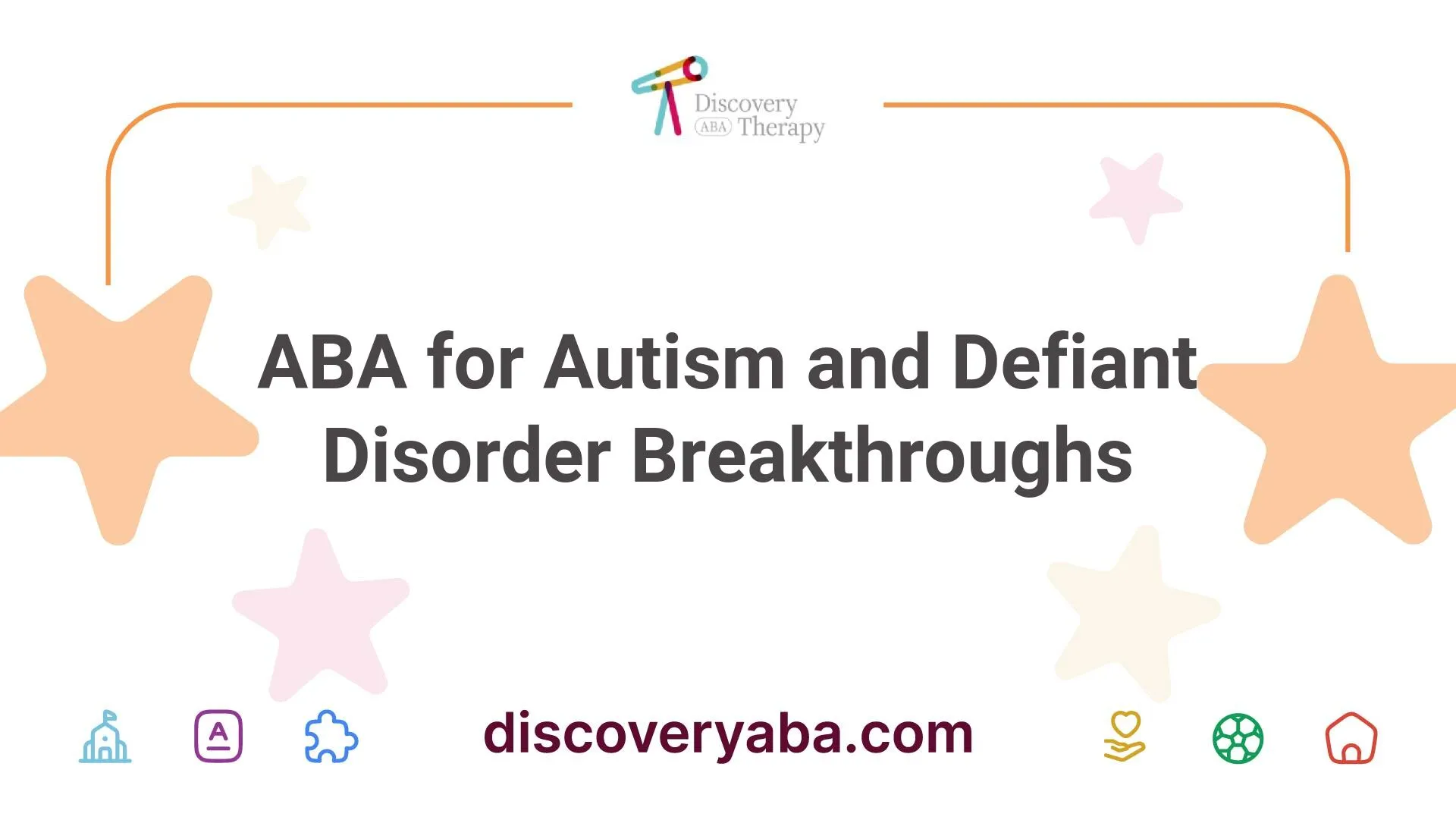






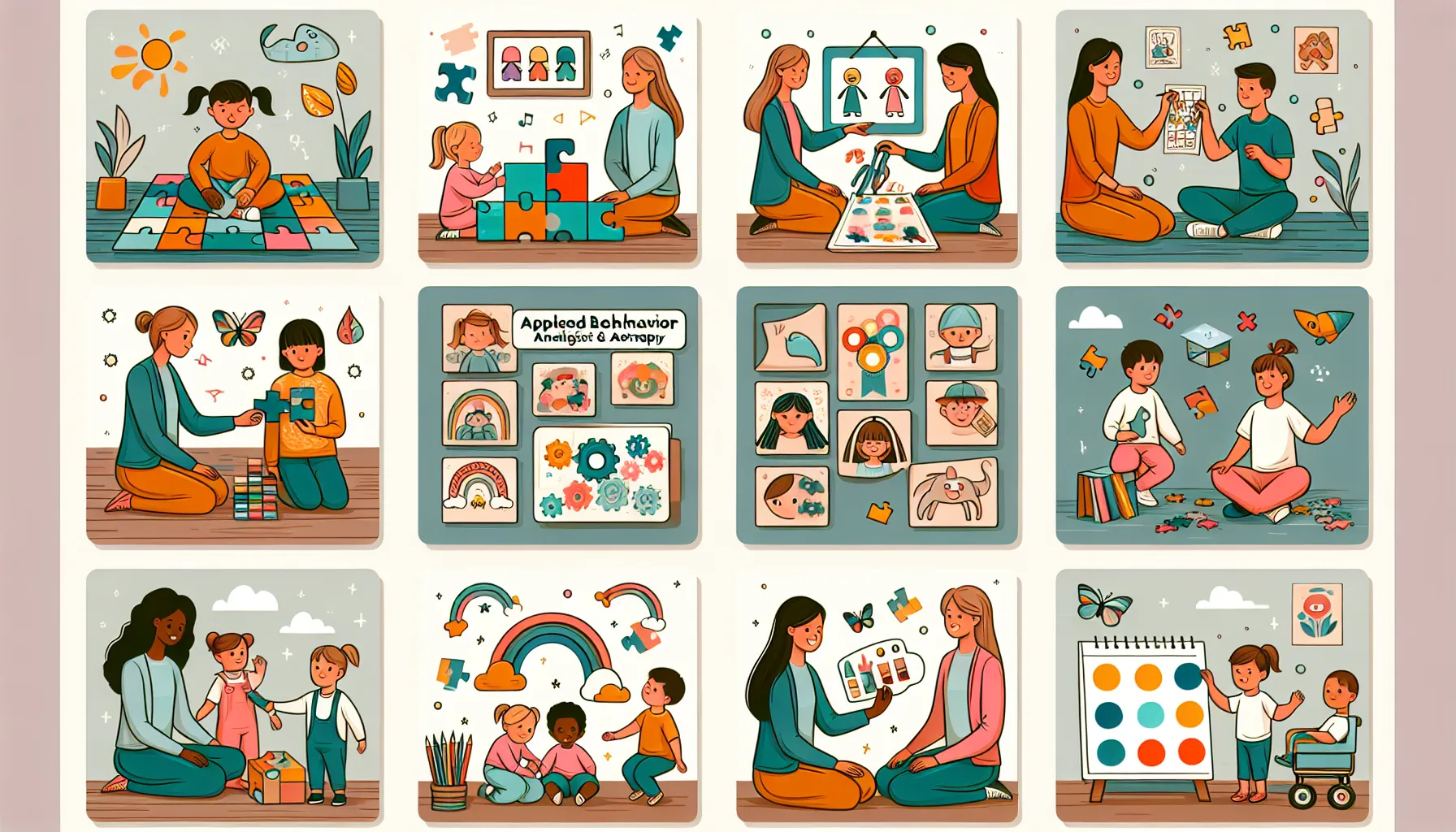



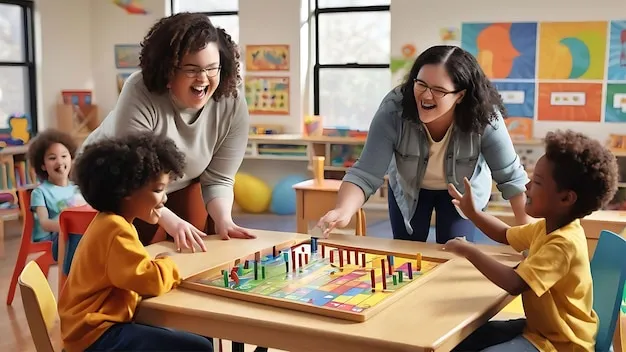

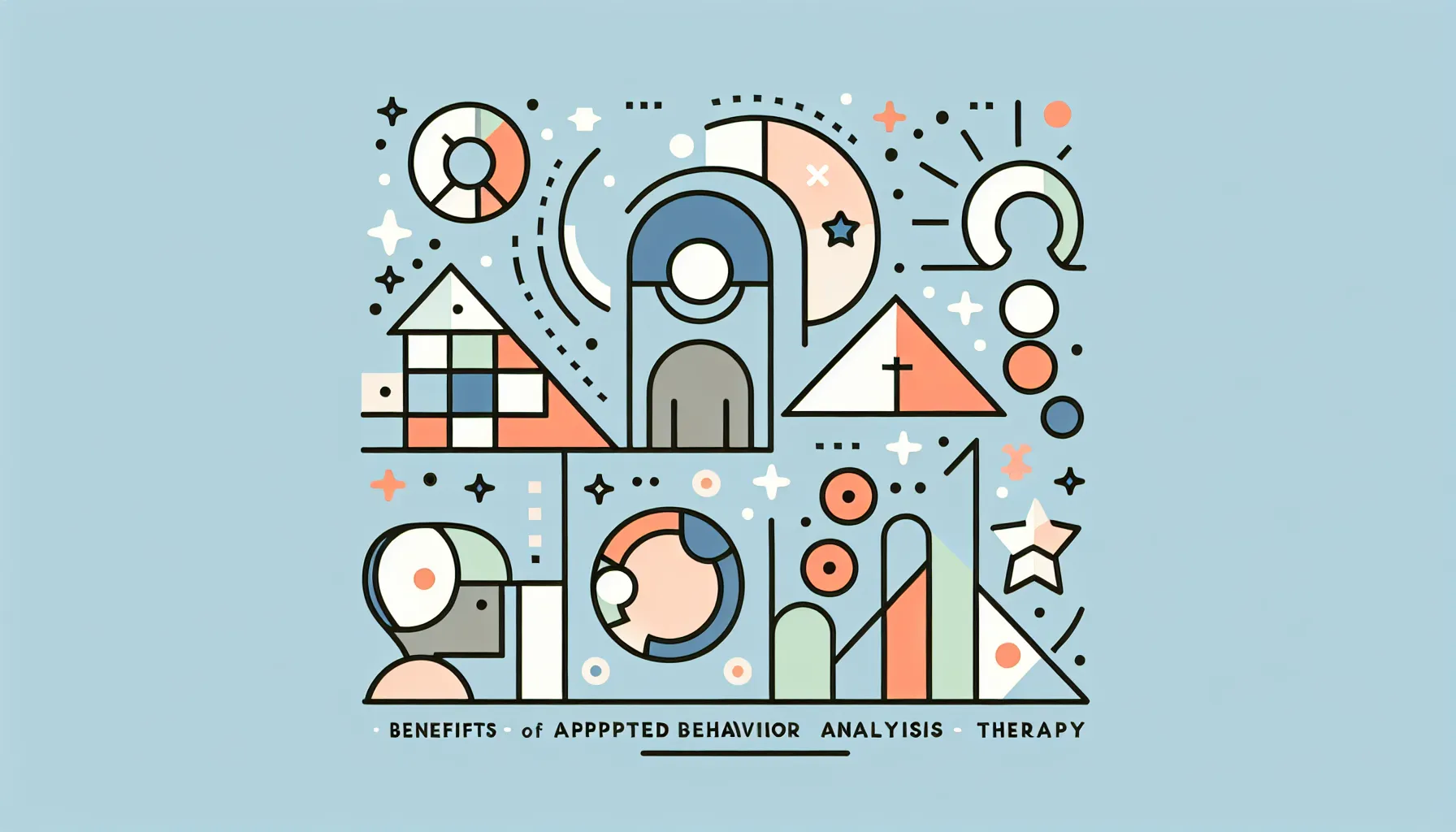






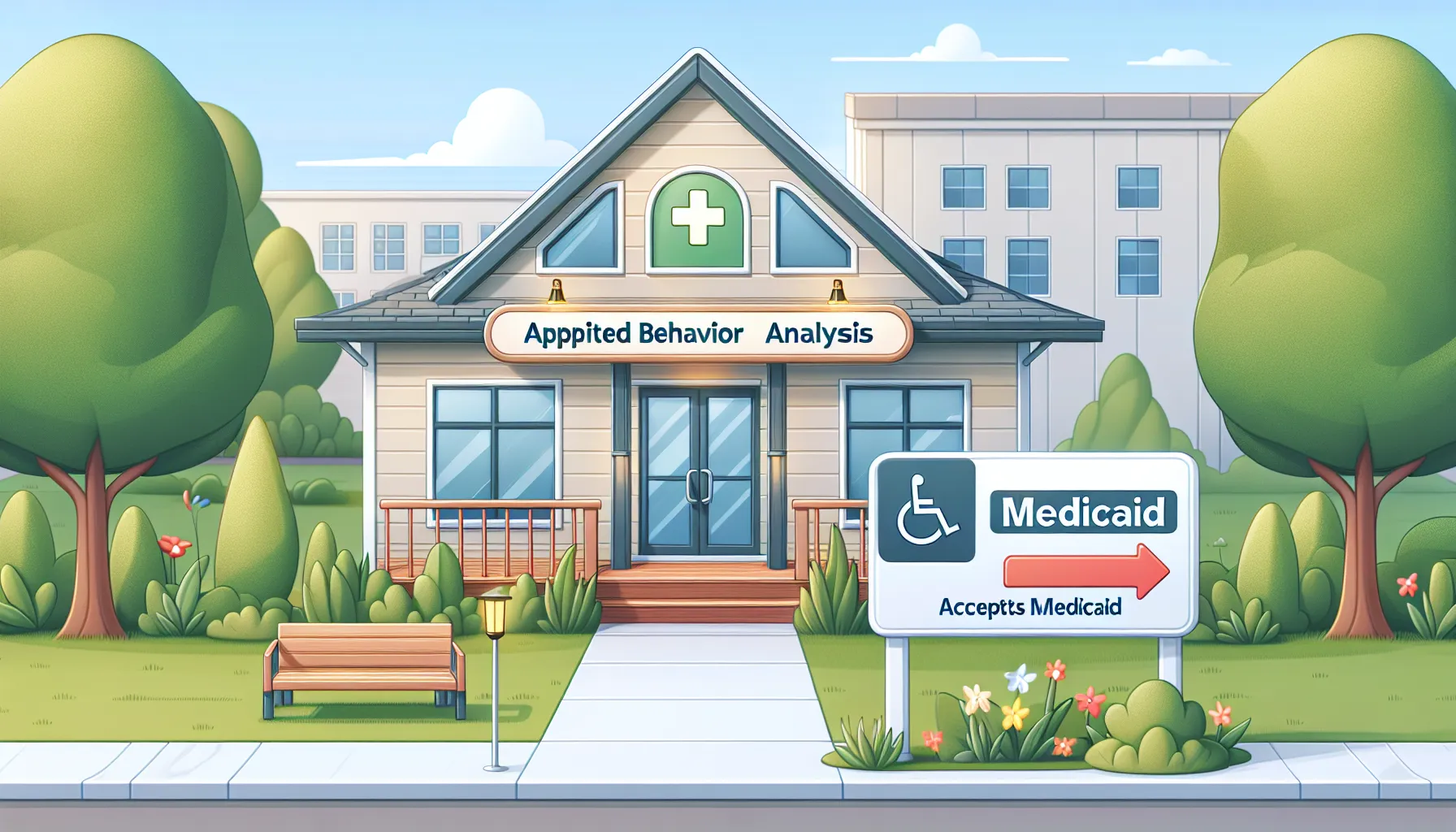




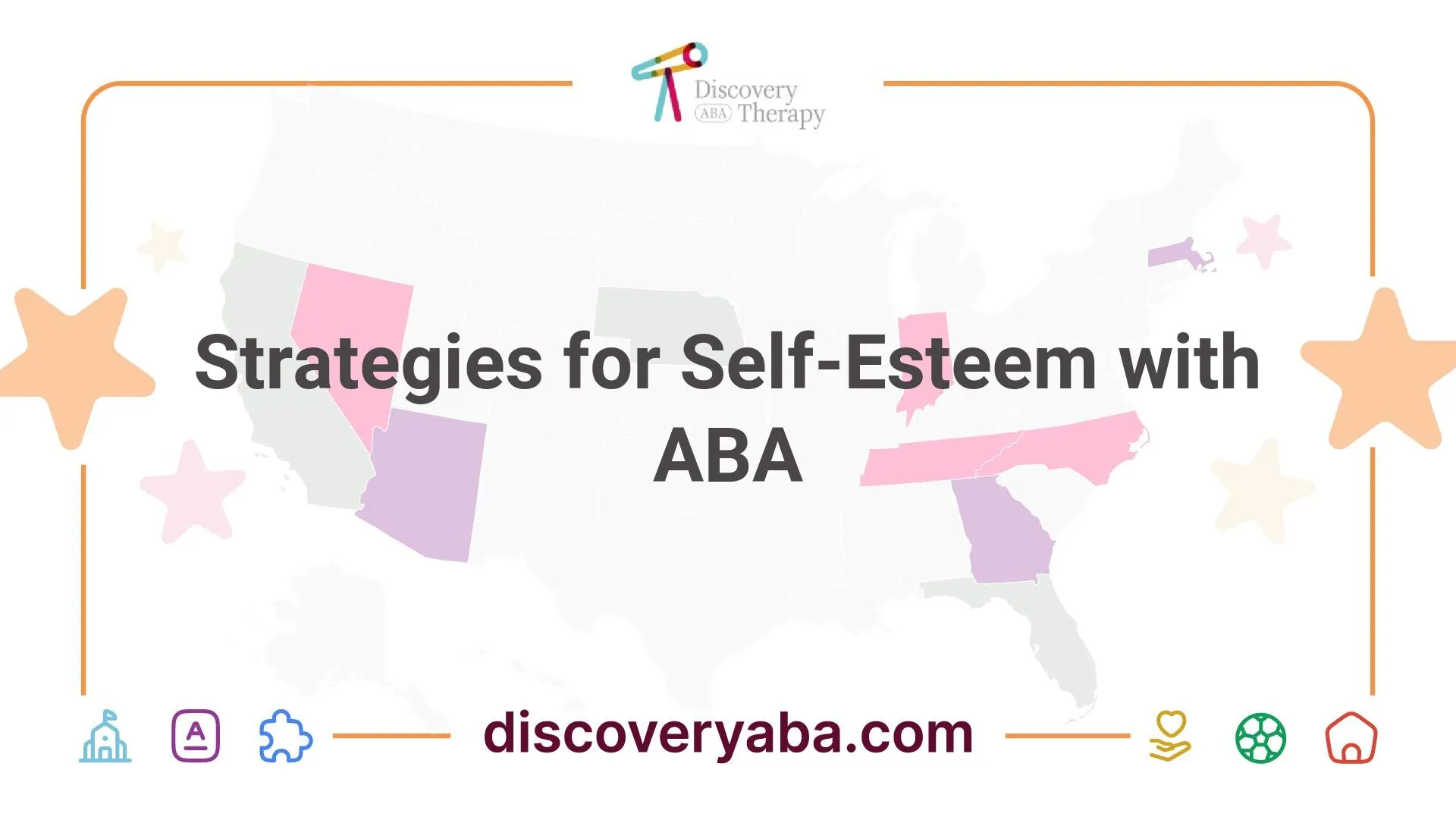




.jpeg)









.jpeg)
.jpeg)



.jpeg)




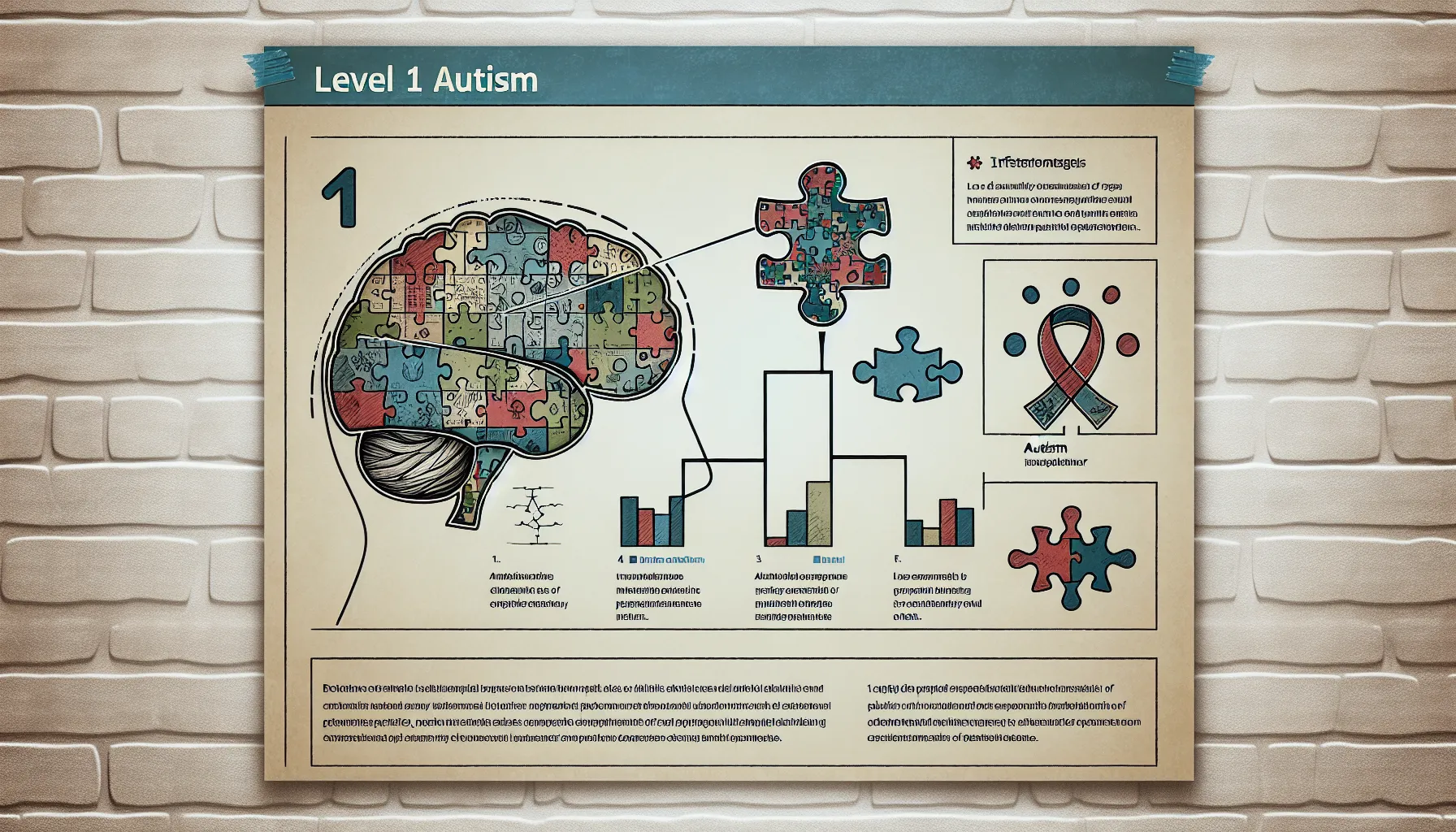











.jpeg)
.jpeg)



.jpeg)
.jpeg)



